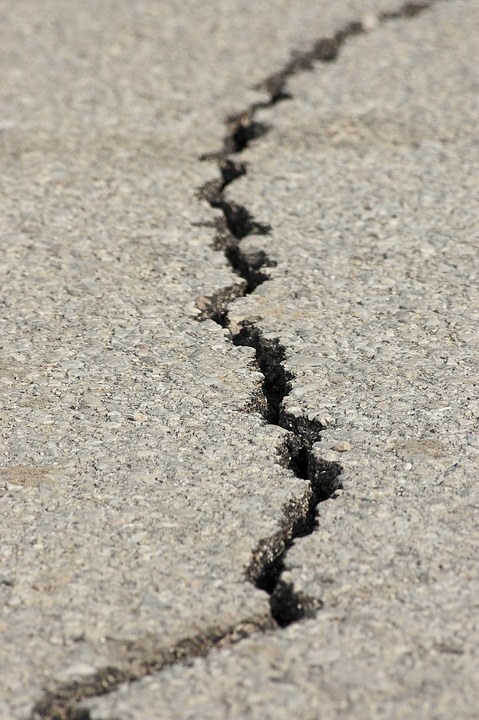Quaking at the Moon: Researchers Unravel the Mysteries of Lunar Seismology!
For centuries, humans have been fascinated by the Moon and its many secrets. From its smooth, dusty surface to the distant, eternal glow of its surface, our celestial neighbor has been a source of inspiration and curiosity. But few have stopped to think about the Moon’s ability to create tiny earthquakes, known as moonquakes. In fact, these subtle tremors have only recently been uncovered by scientists, who are thrilled to be studying this phenomenon.
What Are Moonquakes?
Moonquakes are small, imperceptible earthquakes that occur deep within the Moon’s interior. They were first detected in the late 1960s by instruments left on the lunar surface by the Apollo missions. Since then, scientists have made significant progress in understanding these mysterious quakes, which have shed light on the Moon’s internal structure and the dynamics of the Earth’s close neighbor.
Why Do Moonquakes Happen?
Moonquakes are believed to occur due to the tides caused by the gravitational pull of the Earth. As the Moon orbits the Earth, its gravitational forces create a slight perturbation in the lunar surface, causing friction and movement within the Moon’s mantle. This internal stress is released through the formation of seismic waves, which are known as moonquakes.
Detection and Research
Detecting moonquakes is a challenging task due to the lunar surface’s lack of atmosphere, which eliminates the ability to register seismic signals through traditional ground-based stations. To overcome this challenge, scientists employ a range of creative methods:
- Passive listening: By analyzing the small changes in the Moon’s orbit caused by tidal forces, researchers can determine the location, depth, and magnitude of moonquakes.
- Active probes: NASA and other space agencies have deployed seismometers on the Moon’s surface to record moonquakes and gather vital data.
- Simulations: Computer models are used to simulate moonquake scenarios, allowing researchers to better understand the physics involved and gain insights into the Moon’s internal workings.
Impact on Our Understanding
The discovery of moonquakes has significant implications for our understanding of the Moon:
- Insights into the Moon’s internal structure: Moonquakes offer a glimpse into the Moon’s internal processes, revealing that it has a crust, mantle, and core, similar to those on Earth.
- Effects on tidal forces: Moonquakes alter the tidal forces between the Earth and the Moon, having a subtle yet measurable impact on the lunar orbit and terrestrial tides.
- Implications for lunar missions: Understanding moonquakes is essential for planning and executing lunar missions, such as the establishment of a stable and sustainable human presence on the lunar surface.
FAQs
What is the intensity of moonquakes compared to earthquakes?
Moonquakes are typically much smaller than earthquakes, with magnitudes ranging from 2 to 3.5 on the moment magnitude scale, whereas earthquakes can reach magnitudes of 7-10.
Do moonquakes have any impact on Earth?
Moonquakes do not generate significant seismic waves that would impact Earth directly. However, changes in the tidal forces caused by moonquakes have a subtle yet measurable impact on Earth’s oceans.
Can moonquakes be prevented or reduced?
No, moonquakes are an inherent feature of the lunar body, caused by its internal structure and the gravitational forces acting upon it.
What do moonquakes reveal about the Earth-Moon system?
The discovery of moonquakes highlights the interplay between the Earth and the Moon, demonstrating how their gravitational forces affect each other. This understanding fosters greater appreciation for the Earth-Moon system and encourages further exploration.
As researchers continue to unravel the mysteries of lunar seismology, our understanding of the Moon’s internal dynamics and its relationship with the Earth will become even more refined. What secrets remain to be uncovered beneath the Moon’s tranquil surface? Only time – and moonquakes – will tell.



